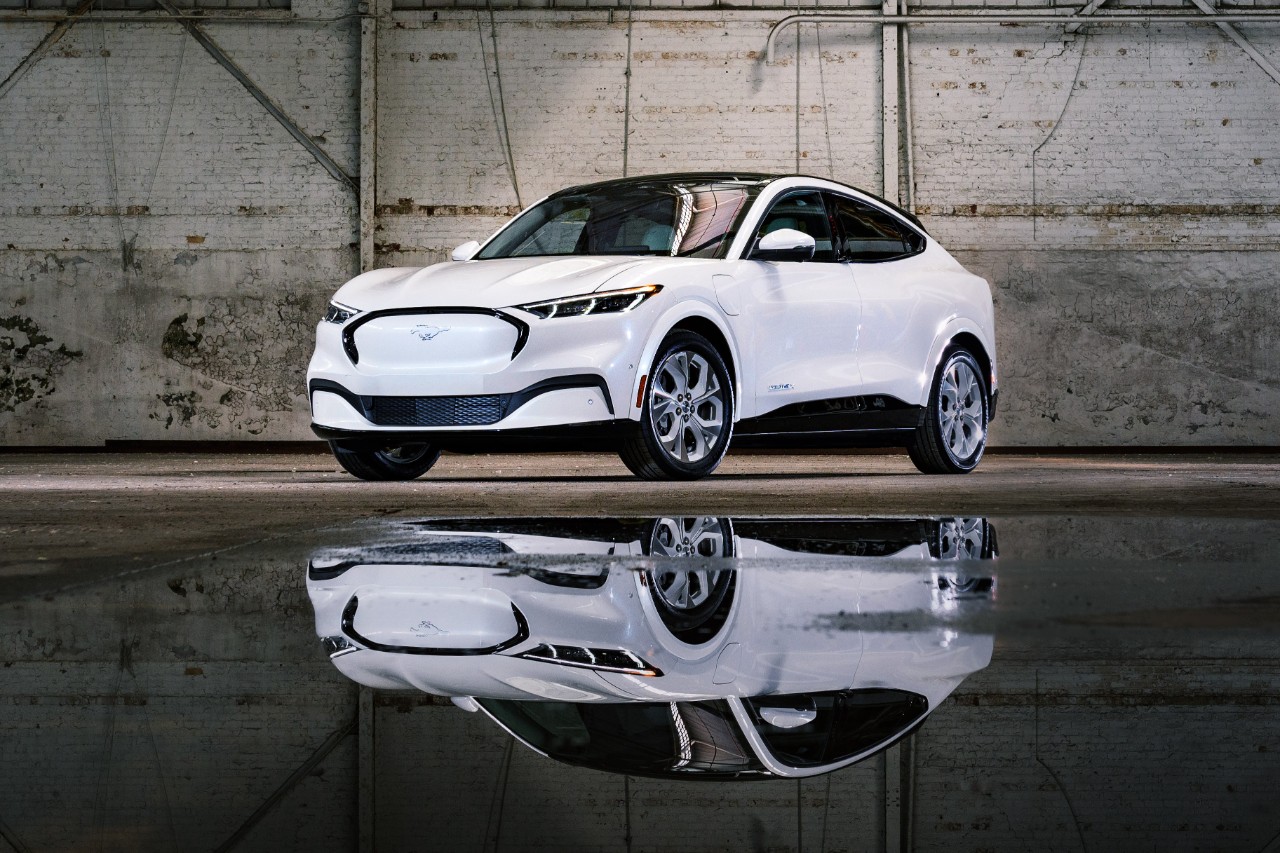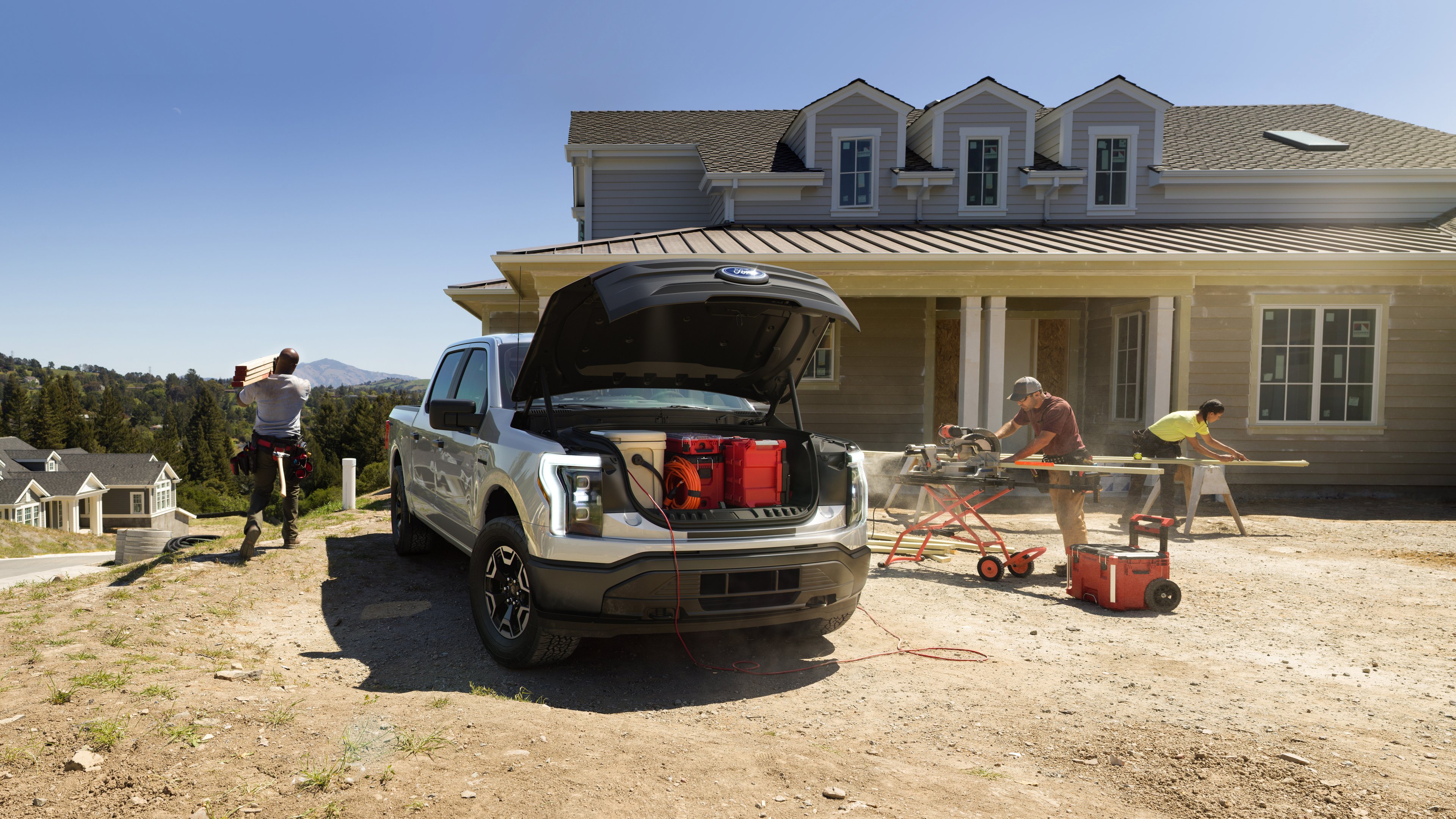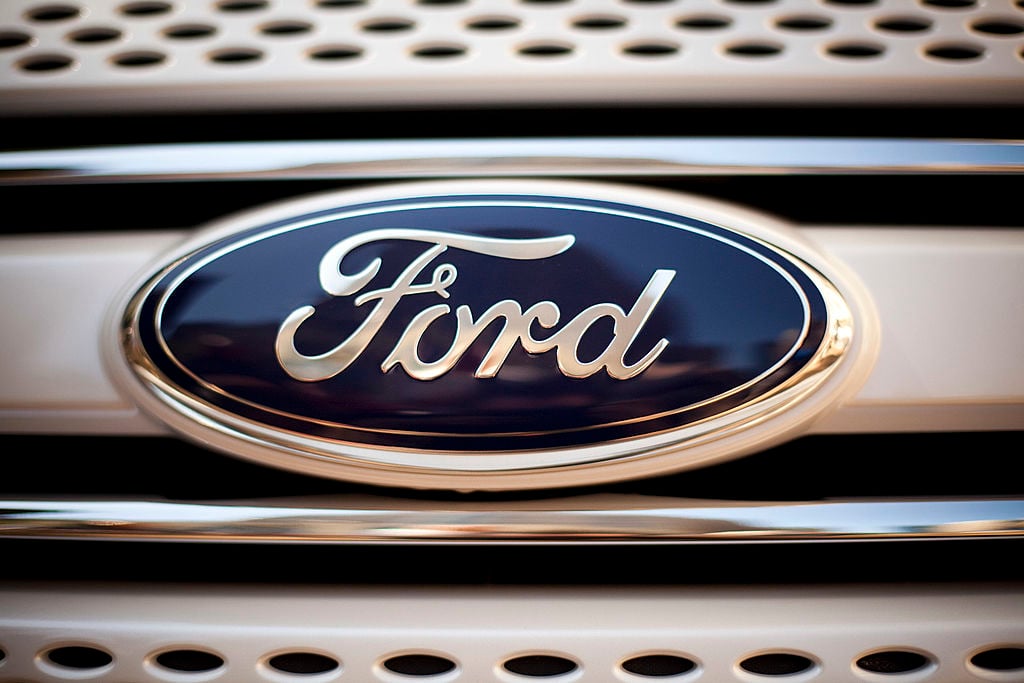
General Motors concept car at the 1962 World's Fair. Image source: Seattle Municipal Archives via Flickr.
Once upon a time, people dreamed of rocket-powered flying cars and street-legal helicopter-mobiles. But the advent of modern mobile technology, super-powerful and tiny computer processors, and high-definition cameras and sensors has led the automobile to become connected, automated, and safer.
The in-car experience for drivers and passengers is evolving at a rapid pace. Here's a look at three ways automakers continue to push the envelope of what the modern car can do.
John Rosevear: A world full of cars that drive themselves is probably still many years away. But aspects of the technology that will be key to tomorrow's self-driving cars are already arriving today -- and they're starting to change the way we experience our cars.
Many drivers have tried cars with "adaptive cruise control," a system that automatically keeps you at a set distance from the car in front of you on the highway. It's increasingly common, as are systems that warn you if you drift out of your lane or if someone's coming when you back up. There are even systems that will hit the brakes for you if an obstacle suddenly appears in front of your car.
Most of these seem like gadgets to us now, things automakers throw in to help justify a higher price for a luxury model. But these systems -- and others that are starting to appear -- were all developed for a reason: They're components, or early versions of components, that will be part of the first fully self-driving cars.

The 2014 Mercedes-Benz S-Class was the first car to offer self-driving technology. For now, it's extremely limited -- but that will change quickly. Image source: Mercedes-Benz
Daimler (DDAIF 0.23%), which owns Mercedes-Benz as well as several tractor-trailer brands, is emerging as a leader in self-driving technology. In fact, there's already a Mercedes that can drive itself -- albeit under very limited conditions (slow stop-and-go highway traffic).
It's the first "self-driving" car to come to market. Most of Mercedes-Benz's luxury rivals will have similar systems shortly. Given its limitations, it's arguably a gadget that most drivers won't use much -- more like an enhanced cruise control than a truly self-driving car. But as more and more such systems are rolled out, the costs will drop and the technology will improve -- and that future full of self-driving cars will draw much closer.
Daniel Miller: One of the biggest changes for consumers' in-car experience is literally staring us in the face each time we hop in the car. Infotainment systems have become an important aspect of new vehicles, with screens getting larger and other features improving, including technologies that allow anything from connecting to your cell phone to accepting voice commands.
All of these factors are critical for major automakers to design a compelling infotainment system aimed to attract a younger customer, which is important for long-term success in such a fiercely competitive industry. That's why automakers are revolutionizing how infotainment systems are designed to improve the in-car experience for consumers.
Perhaps the most important redesign comes from the folks at Ford Motor Company (F 0.36%). Back in 2010, Ford ranked No. 5 in J.D. Power's Initial Quality Study of auto brands, and it was even the No. 1-ranked mass-market brand -- which doesn't include luxury brands. That same year, Ford launched its MyFord Touch infotainment system, which was plagued with problems and flaws that sent Ford's rank in J.D. Power's Initial Quality Study spiraling down to No. 23 the next year.

Sync 3 infotainment system. Image source: Ford Motor Company.
That's why Ford recently decided to scrap the MyFord Touch and is preparing its Sync 3 infotainment system to launch with 2016 model-year vehicles. It's switching from Microsoft technology that powered Ford's previous infotainment system in favor of BlackBerry's QNX in-car operating system. In an attempt to right the wrongs of its previous system, Ford is also making its speech-recognition software more accurate, making the text and touchscreen zones larger and more intuitive, improving its app offerings, and brightening the screen colors.
While Ford's improved infotainment system should be a big plus for the company, its consumers, and its investors, other automakers are also pushing forward with in-car technologies.
For instance, Ford's crosstown rival General Motors (GM +0.39%) has turned its new vehicles into rolling Wi-Fi hotspots with its 4G LTE technology. GM's system will work through its OnStar subscription service, which also provides emergency help and navigation. With any new 2015 GM ride, consumers have the potential for the broadband hookup without paying for other services, but you will need to pay for a data plan -- around $5 a month for 250 megabytes of data, up to $50 a month for 10 gigabytes. http://www.cbsnews.com/news/gm-is-making-your-car-a-rolling-wi-fi-hotspot/
The in-car experience is important for automakers to attract a younger and more tech-savvy consumer, so expect the technologies and features found in new vehicles to continue to get more and more interesting and complex in the years ahead.
Jason Hall: While self-driving cars are an eventuality, as John wrote, they are years away from being mainstream. Another amazing technology in the works that will help drivers navigate is augmented reality. You may be familiar with this technology, which is already in use in other mediums, but it's yet to be introduced to a production vehicle.

Simulated view of driver seeing "through" the car via augmented-reality glasses. Image source: BMW.
In short, augmented reality would allow the driver -- through sensors, cameras, and either glasses or a built-in display -- to be able to see "through" parts of the vehicle that are between the driver and the road. Think about climbing a steep hill or grade out of a parking structure, trying to squeeze into a tight parking spot, or dealing with blind spots. With augmented reality, the driver would be able to "see" right through that part of the car and more safely navigate without the blind spots that put them, passengers, or others at risk.
BMW is already testing the feature on the Mini Cooper, but it's probably years from commercial launch.








